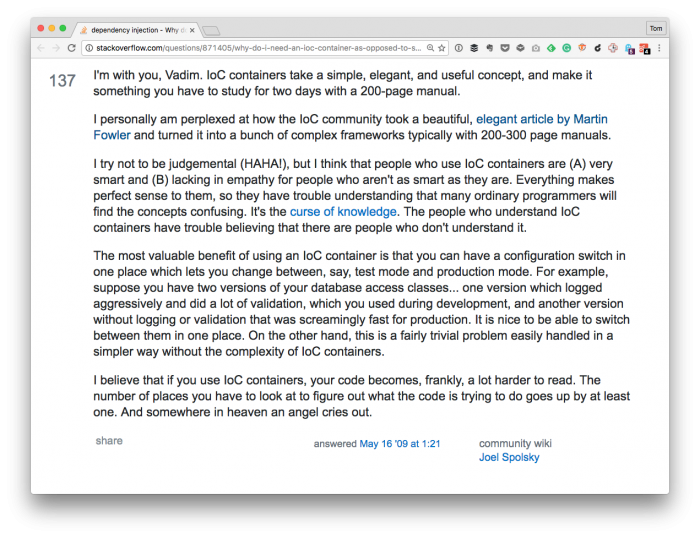CSV files are a topic that I’ve previously discussed on this blog. But one of the things that come with sharing information in this format over time is that new information, strategies, or techniques can be learned.

This is one of the challenges of others finding old content, isn’t it? But I digress on that.
For those who haven’t read my previous entries, you can see some of them here:
And it’s not that those are irrelevant. I might change a few things here and there, but that’s the purpose of this post. Instead, I want to build on some of the things mentioned above.
After all, working with CSV files in web applications is nothing new, and it’s not going anywhere anytime soon. So why not share some additional strategies that I’ve found useful in making my projects a bit more robust (and see what you have to add to it in the comments :).




